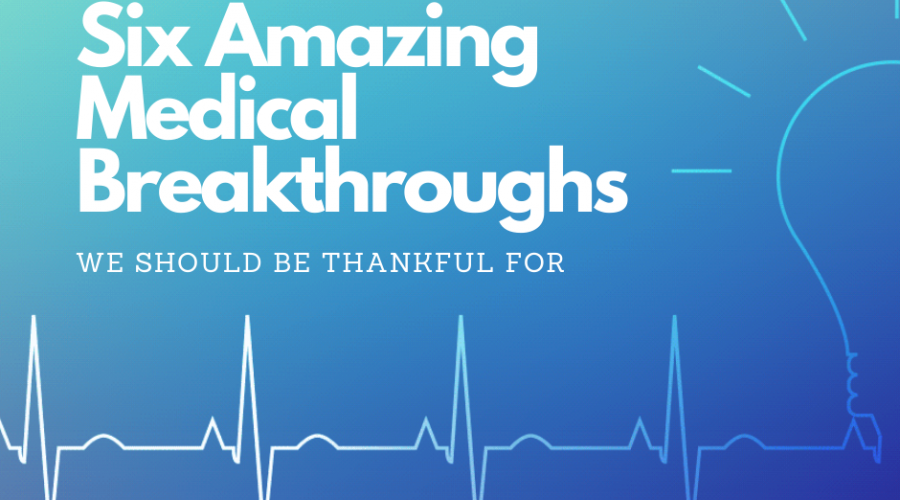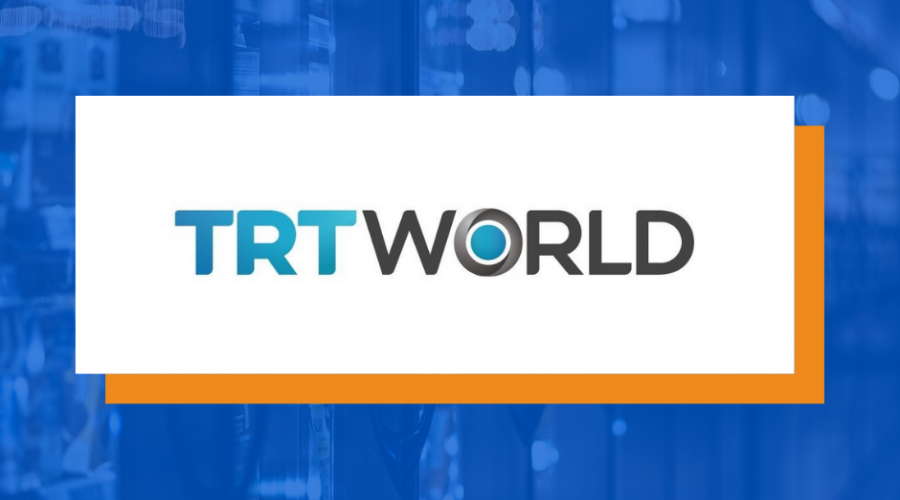6 Amazing Medical Breakthroughs we should be thankful for
Thanks to continuous innovation in medical sciences and biotechnology we have seen amazing breakthroughs in medical technology and pharmaceuticals in the past two decades. These breakthroughs would not have been possible without incentives for inventors and investors. We can still only cure or treat 5% of all known diseases. Reducing incentives for innovation and intellectual property rights would risk finding cures for the remaining 95%.
This is a list of just six innovations of the last two decades that dramatically improve the lives of millions of people.










